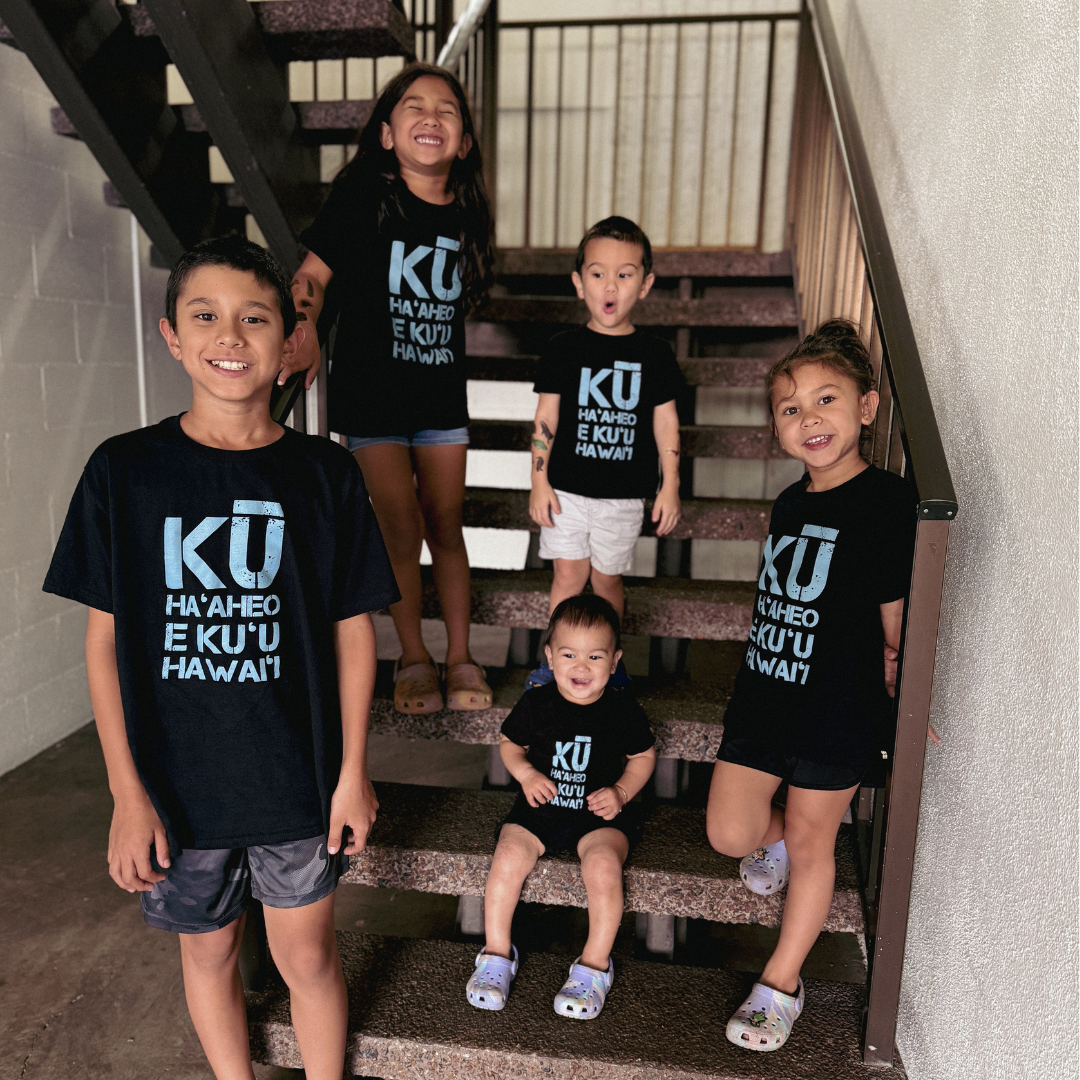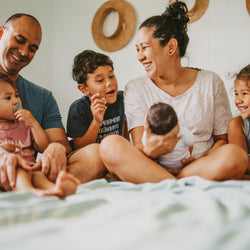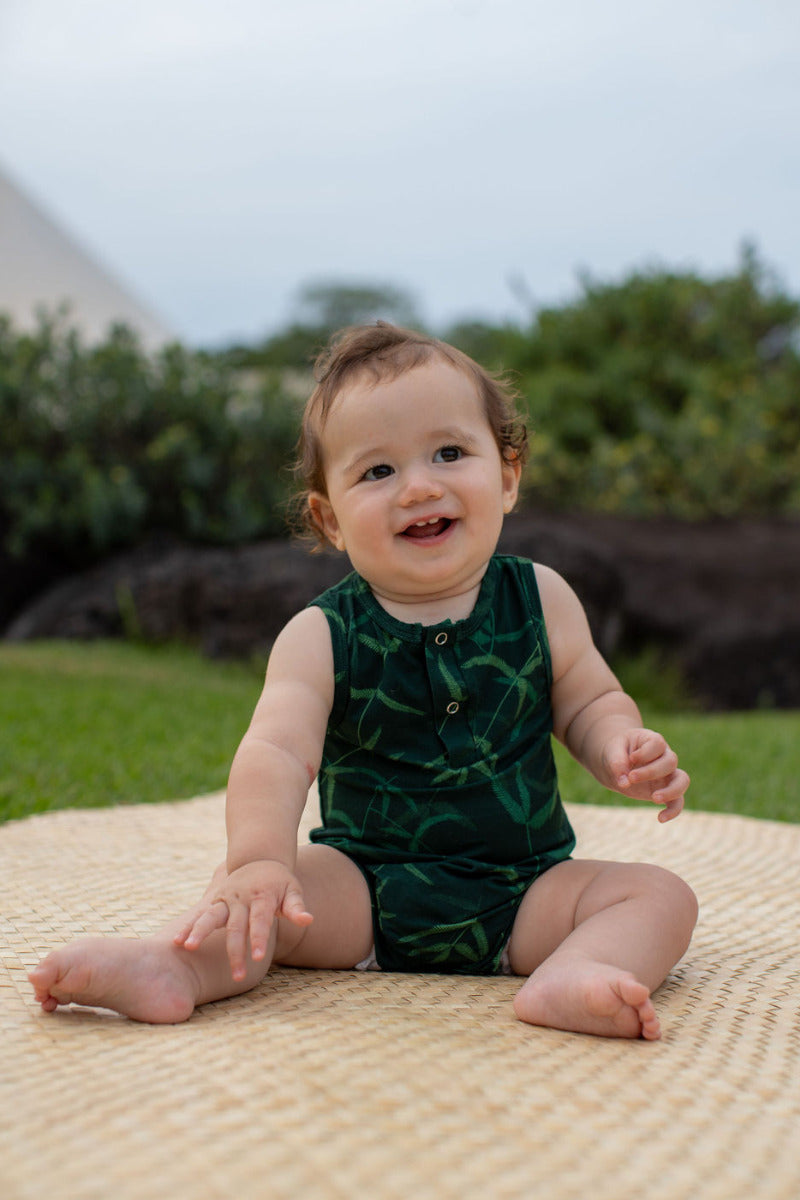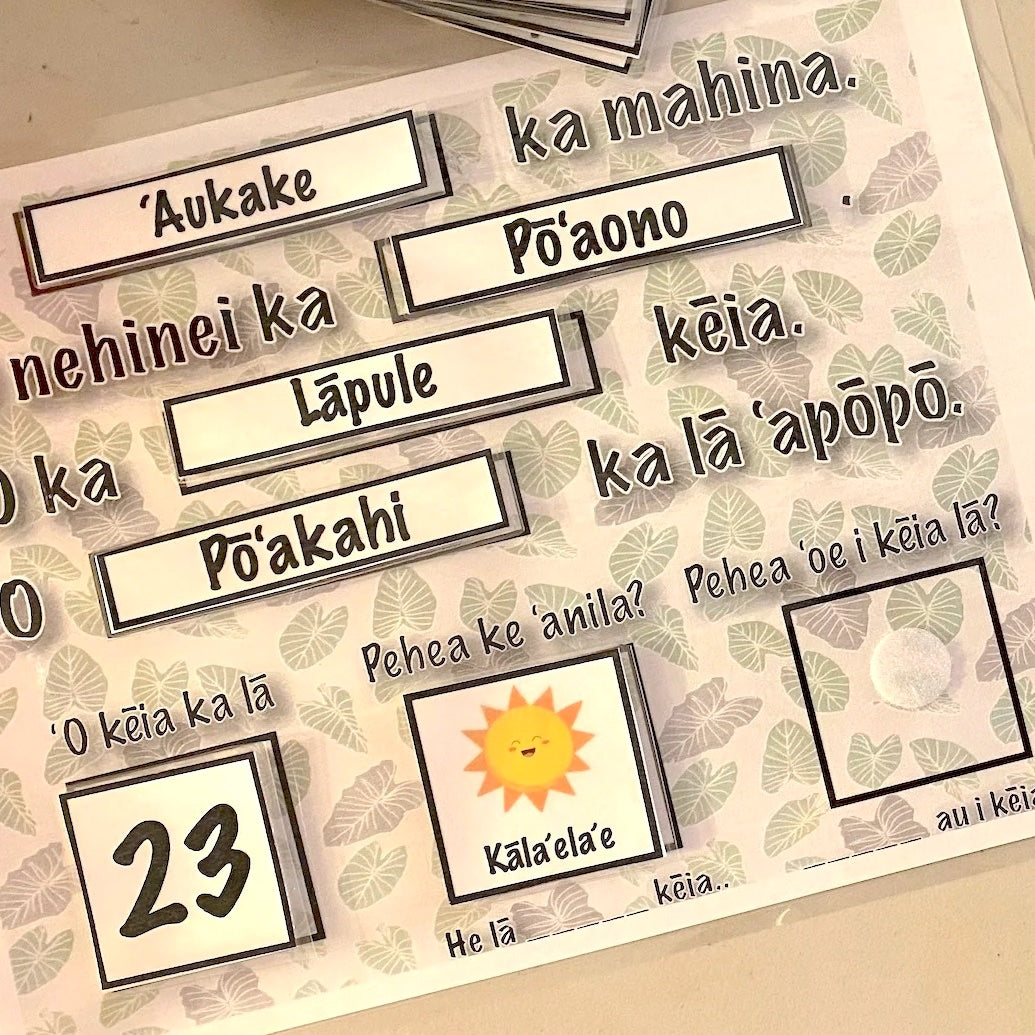
Welcoming Mahina ʻŌlelo Hawaiʻi
This month is a special one for us here at the Keiki Dept. During February, Hawai'i celebrates Mahina 'Ōlelo Hawai'i (Hawaiian Language Month), a time to honor, celebrate, and reflect on the remarkable journey of the Hawaiian language.
This observance, officially designated by the Hawai'i State Legislature in 2012, represents more than just a celebration—it's a testament to the strength of our Hawaiian people to keep the language alive.
ʻŌlelo Hawaiʻi, a verbal language, served as the foundation of Hawaiian culture, enabling the transmission of knowledge, genealogy, and traditional practices through generations. It was the language of governance, education, and daily life throughout the Hawaiian Kingdom.
Following the overthrow of the Hawaiian Kingdom in 1893, the language was banned in schools. According to research by Dr. Albert J. Schütz in "The Voices of Eden: A History of Hawaiian Language Studies," this policy dealt a severe blow to the language's vitality, as children were no longer permitted to speak their mother tongue in school.
As documented by the Bishop Museum archives, families continued to speak Hawaiian at home, and the language lived on through traditional practices like mele (song), oli (chant), and mo'olelo (stories).
The Renaissance
The 1970s marked a turning point with the Hawaiian cultural renaissance. This period of renewed interest in Hawaiian culture and identity led to significant developments in language revitalization. A crucial milestone came in 1978, when Hawaiian was restored as an official language of the state alongside English through a constitutional amendment—making Hawai'i the first state to designate an indigenous language as official.
According to the 'Aha Pūnana Leo, this constitutional amendment opened doors for new initiatives in language education. In 1984, they established the first Hawaiian language immersion preschools, creating environments where young children could learn and live in the language. This movement grew to include K-12 immersion programs, ensuring that new generations could grow up speaking 'Ōlelo Hawai'i.
A Living Language Today
Studies by the Office of Hawaiian Affairs indicate that today, 'Ōlelo Hawai'i is not just surviving—it's growing. University programs produce Hawaiian language scholars, immersion schools continue to expand, and digital resources make the language more accessible than ever.
Looking Forward
As we celebrate Mahina 'Ōlelo Hawai'i this February, we're reminded that language revitalization is an ongoing journey. Whether you're just beginning to learn Hawaiian or are a fluent speaker, Mahina 'Ōlelo Hawai'i invites us all to appreciate the importance of language preservation and to participate in keeping the Hawaiian language alive and vibrant.
E ola ka 'ōlelo Hawai'i! - Long live the Hawaiian language!





Leave a comment
This site is protected by hCaptcha and the hCaptcha Privacy Policy and Terms of Service apply.